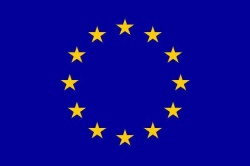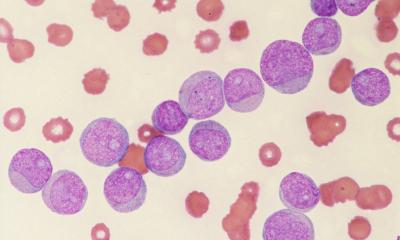Navigating the Evolving Regulation and Commercialization of Stem Cell Research
Interested parties that can successfully navigate the evolving regulation of stem cell research stand to gain significant scientific and commercial advantage.


Given that in the fall of 2011 the Court of Justice of the European Union issued a highly anticipated ruling regarding the patentability of human embryonic stem cells (hESCs) and many await the outcome to an appeal challenging the U.S. National Institutes of Health’s ability to fund hESC research, interested parties are encouraged to conduct a thorough assessment of their intellectual property portfolios and evaluate their current funding sources.
Researchers, academic centers, universities, private enterprises and other interested parties that can successfully navigate the evolving regulation of embryonic and adult stem cell research stand to gain significant scientific and commercial advantage and propel the science and the industry forward. Given that the highly anticipated decision regarding the patentability of human embryonic stem cells (hESCs) has been decided in the European Union and while many stakeholders are awaiting the outcome of a lawsuit that will impact federal funding restrictions of hESC research in the United States, interested parties should conduct a thorough assessment of their intellectual property portfolio and evaluate their current funding sources to ensure research in the hESC field continues to move forward.
For more information please click here.
28.03.2012










